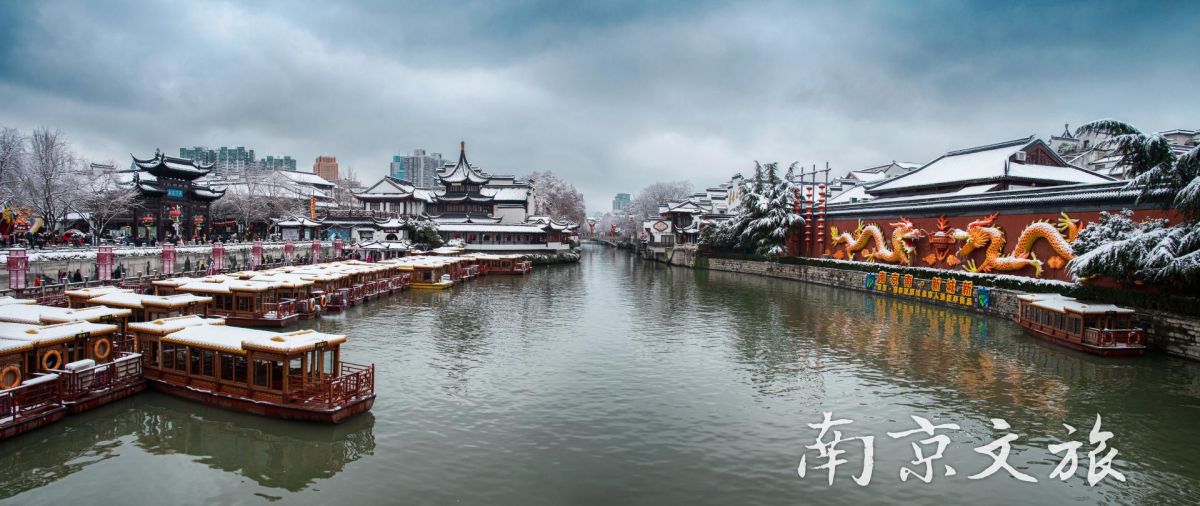Taiping Rebellion Museum
What was once an extensive garden built by Ming emperor Hongwu for General Xu Da later became the Zhanyuan Imperial Palace. According to Jonathan Spence, it was built in honor of Yang Xiuqing, the West King of the Taiping. However, it is generally believed that the palace was used instead by the East King, Yang Xiuqing, and it is certain that Yang himself never lived here; though he had been of tremendous importance as the vessel through which Jesus Christ spoke to the Heavenly Kingdom in the early years of the rebellion, he was killed during the ultimately unsuccessful siege of Changsha, six months before the Taiping arrived in Nanjing.
The palace was destroyed along with the rest of the city when the Qing retook Nanjing, but in 1958 it was rebuilt as the Taiping Rebellion Museum. The museum focuses both on the rebellion itself and on the attempts of the Heavenly Kingdom to rule the vast area of southern China over which it had control, however briefly.
Just inside the main hall is a ferocious bronze statue of Hong Xiuquan, the Heavenly King himself. Farther inside, there is a display of seals and coins issued by the Taiping, as well as maps showing their steady progress toward Nanjing from their original base in Guangdong Province. There are also texts describing Taiping attempts at legal, social and agrarian reform beginning with their arrival in Nanjing in 1853, and placards discussing the eventual splintering of the Taiping leadership, the siege of the city by Manchu and foreign forces, and the Qing re-conquest of the city in 1864.
Still farther into the hall is a set of displays holding some of the weapons used by the Taiping, including muskets, pistols, and some magnificent halberds. Other exhibits detail inventive battle tactics and formations designed by the Taiping, such as the Crab Formation, the Snake Formation, and the Hundred Bird Formation. Among other objects of interest, there is a Taiping bugle made of a seashell, and a lacy undershirt made of strips of bamboo.
In back of the main hall there is a small and pleasant labyrinth of terraces and walkways, rock gardens and ponds, and several small pavilions, including one which was heated from below to keep the Heavenly King warm while he played chess. On one outer wall there is a beautifully carved character for the word “tiger,” from the hand of Weng Tonghe, a noted late-Qing calligrapher and would-be reformer. There is also an entire hall devoted to recent drawings and calligraphy and paintings celebrating the Taiping, all done by schoolchildren.

